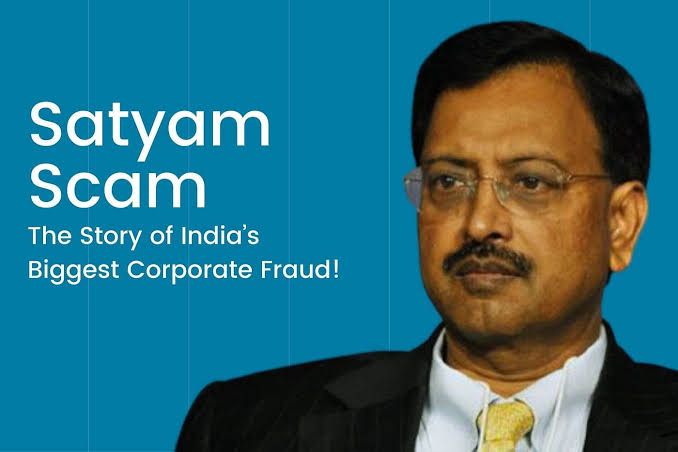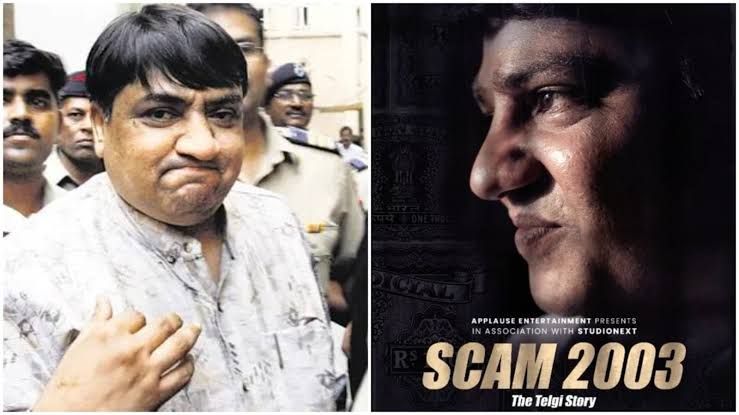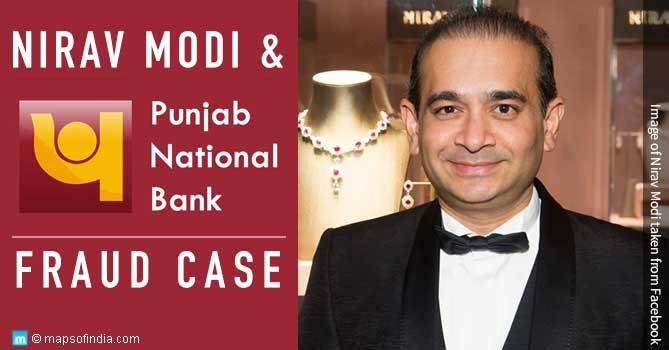Author: Yamina Malek, GLS Law College
Introduction
The Satyam Computer Services Limited (hereinafter, Satyam), a global IT company grounded in India, has just been added to a notorious list of companies involved in fraudulent fiscal conditioning. Satyam‘s CEO, Mr. Ramalingam Raju (hereinafter, Raju), took responsibility for all the account familiarities that exaggerated the company ‘s earnings and gains, and reported a cash holding of roughly $1.04 billion that simply didn’t live. This leads one to ask a simple question how does this keep on passing for five times, without any reservations? So, while Raju ran his fraud, the adjudicator slept, the judges slept, and so did the media. To be fair, the media did an excellent job of exposing Raju and his numerous other shenanigans after he’d confessed ( Kaul, 2015; Miller 2006). In his letter (of Jan. 7, 2009) addressed to board of directors of Satyam, Raju showed the labels of this fraud pathology. He stated, what started as a borderline gap between factual operating gains and bones Reflected in the books of accounts continued to grow over the times. It has attained ungovernable proportions. Now, further than six times latterly, the first decision in the Satyam fiddle has been made. Of course, we haven’t seen the last of this case, given the slow pace at which our judicial system workshop. The case of Satyam counting fraud has been dubbed by the media as India‘s Enron. Ironically, Satyam means verity in the ancient Indian language- Sanskrit. Satyam won the Golden Peacock Award for the stylish governed company in 2007 and in 2009. From being India‘s IT crown jewel and the country‘s fourth largest company with high- profile guests, the outsourcing establishment Satyam Computers has come bogged in the nation ‘s biggest commercial fiddle in living memory Mr. Ramalinga Raju president and Author of Satyam; hereafter called Raju, who has been arrested and has confessed to a $1.47 billion( Rs. 7,800 crore) fraud, admitted that he had made up gains for times. According to reports, Raju and his family, Mr. B. Rama Raju, who was the Managing Director, hid the deception from the company ‘s board,elderly directors, and adjudicators.
Analysis
In its recent charge of the other promoters and top directors of Satyam, the Securities and Exchange Board of India (SEBI) had handed nanosecond and charming details about how India‘s largest commercial fiddle was committed. But SEBI‘s regard also revealed how astronomically ready it’s to draw off fiscal fraud on a proud scale, indeed in intimately listed companies. The following is a pithy definition about the methodology exercised by the Satyam to commit the account fraud
- Maintaining commentaries
Raju maintained thorough details of the Satyam‘s accounts and twinkles of meetings since 2002. He stored commentaries of accounts for the rearmost time (2008- 09) in a computer server called “My Home Hub”. Details of accounts from 2002 till January 7, 2009 – the day Mr. Raju came out with his melodramatic (5- runner concession) were stored in two separate Internet Protocol (IP) addresses.
- Imitative checks and Bills
The researchers had exercised cyber forensics to discover how in- house computer systems were exploited to induce imitative checks. Regular Satyam bills were created by a computer operation called functional Real Time operation (OPTIMA), which formed and maintained information on all company systems. The Satyam Project Repository (SRP) system also generated design IDs; there’s also an ‘Ontime’ application for entering the hours worked out by Satyam workers; and a Project Bill Management System PBMS) for billing. An Invoice Management System IMS) generated the final checks. From the below, an interesting question that arises then is how were the imitative checks created by cankering the IMS? In the IMS system, there’s a obligatory field allocated tab Field Status. Unless this is filled, processing of the order doesn’t go ahead. Consequently, what Raju & Company did was to exercise two rudiments H (Home) or S (Super) in the Invoice Field Status to reuse the entry. The checks, therefore created were hidden from the prospect of those who ran the finance units. There were around 74,625 checks generated in the IMS between April 2003 and December 2008. Around 7,561 checks out of 74,625 had S pronounced in their tab field status. Out of this, 6,603 were also set up on the company‘s Oracle Financials software system, to make it feel like these were factual deals. Entries into this system get reflected right in there turn and Loss Statement. The balance of 958checks remained in the tab country, and thus, within the IMS system they weren’t reconciled into the Oracle company- earthenware. The grand earnings shown off against these 7,561 imitative checks were Rs. 5,117 crore. Of this, deals through the conformed 6,603 checks were around Rs. 4,746 crore. The CBI has also set up that deals were inflated every quarter and the moderate affectation in deals was around 18. After generating imitative checks in IMS, a elderly director of the finance office (named Srisailam), penetrated the 6,603 imitative checks into Oracle Financials with the ideal of inflating deals by Rs. 4,746 crore. By coordinating the bills of these checks, the cash balances in the company‘s regard were shown off at Rs. 3,983 crore. The CBI officers have concluded that the reproach involved this system structure being bypassed by the scurrility of an exigency Excel Porting System, which allows checks to be generated directly in IMS by porting the data into the IMS. This system was demoralized by the coinage of a stoner ID called Super stoner with the authority to hide unhide the checks generated in IMS. By registering in, as Super stoner, the indicted were hiding some of the checks that were generated through Excel Porting. Once an tab is hidden the same won’t be visible to the other divisions within the company but will only be visible to the company‘s finance division deals platoon. As a result, concerned business circles would not be apprehensive of the checks, which were also not dispatched to the guests. disquisition revealed that all the checks that were hidden utilizing the Super stoner ID in the IMS server were set up to be false and fabricated. The face valuations of these imitative checks were shown off as receivables in the books of accounts of Satyam, thereby dishonestly inflating the grand earnings of the company.
- trap of Companies
A trap of 356 investment companies was exercised to allegedly disport finances from Satyam. All these companies had several deals in the shape of inter-corporate leaguers, advances and loans within and among them. One similar family company, with a paid- up capital of Rs. 5 lakh, had made an investment ofRs.90.25 crore, and entered relaxed loans of Rs. 600 crore.
- Why did he need the plutocrat?
The cash consequently expressed was exercised to buy several thousands of acres of land, across Andhra Pradesh, to ride a booming garden request. It offered a growing case as data had to be doctored immorally to keep showing off healthy gains for Satyam that was growing fleetly both in size and scale. Every attempt made to exclude the gap failed. As Raju set it, it was like riding a barracuda, not knowing how to get off without being eaten. Cashing out by dealing Maytas structure and Maytas parcels to Satyam for an estimated Rs. 7,800 crore was the last straw.
- The Modus Operandi of Accounting Fraud
As fiscal frauds go, the one executed by Raju and his platoon from Satyam Company was relatively uncomplicated. Satyam‘s top operation exclusively twisted the company‘s books by overdoing its earnings, return perimeters, and gains for every single quarter over a period of 5- times, from 2003 to 2008. Not for them, daedal styles like derivations counting or off- balance distance deals that were exercised by Enron‘s directors (Krishnan, 2014). Keen to project a constantly sanguine picture of the company to investors, workers and judges, the Rajus manipulated Satyam‘s books, as formerly described over. To achieve this, they darned up deals with fictitious guests, and acquainted over 7,000 imitative checks into the company‘s computer systems to story deals that exclusively didn’t live. For good measure, gains too were padded up to show off healthy perimeters. Over the times, these ghostly guests understandably no way paid their bills, leading to a monumental- hole in Satyam ‘s balance distance. The hole was plugged by inflating the debtors( pretenses from guests) in the balance distance and forging bank statements to show off a mountain of cash and bank balances. After several times of similar manipulation, Satyam was reciting deals of over Rs. 5,200 crore in 2008- 09, when it was in reality making around Rs. 4,100 crore. Its operating return perimeters were shown off at 24 when they were really at 3 and its handsome gains on paper covered up for real- life losses. It was when the company ran out of cash( of the real variety) to pay hires that Ramalinga Raju concluded that he couldn’t ride the barracuda any longer and made his concession.
Court’s Order
All the indicted detailed in the Satyam fraud case, involving Raju, were charged with infidelity, felonious conspiracy, phony , breach of trust, inflating checks, gains, faking accounts and violating number of profit duty ordinances. The CBI had filed three charge- wastes in the case, which were latterly conjoined into one massive charge- distance running over 55,000 runners. through 3000 documents and 250 substantiations were parsed over the once 6 times. A special CBI court on April 9, 2015 eventually, doomed Mr. B. Ramalinga Raju, his two sisters and seven others to seven times in captivity in the Satyam fraud case. The court also assessed a forfeiture of 5 crore on Ramalinga Raju, the Satyam Computer Services Ltd ‘s author and other president, and his family B Rama Raju, and Rs. 20- 25 lakh each on the remaining indicted. The 10 people set up shamefaced in the case are B. Ramalinga Raju; his family and Satyam ‘sother managing manager B. Rama Raju; other principal fiscal bobby Vadlamani Srinivas; other PwC adjudicators Subramani Gopalakrishnan and T. Srinivas; Raju ‘s another family, B Suryanarayana Raju; otherworkers.
Conclusion
The fraud committed by the authors of Satyam is a testament to the fact that the wisdom of conduct is swayed in large by mortal rapacity, ambition, and hunger for power, plutocrat, fame and glory. The culture at Satyam, especially dominated by the board, represented an unethical culture. Unlike Enron, which sank due to agency problem, Satyam was brought to its knee due to tunneling effect. All kind of frauds have proven that there’s a need for good conduct grounded on strong ethics. The debacle of Satyam raised a debate about the part of CEO in driving an association to the heights of success and its relation with the board members and core panels. The fiddle at Satyam brought to the light the part of CG in shaping the protocols related to the working of inspection commission and duties of board members. The Indian government took veritably quick conduct to cover the interest of the Satyam investors, guard the credibility of India, and the nation‘s image across the world. Also, Satyam fraud has forced the government to re ‐ write the CG rules and tensed the morals for adjudicators and accountants. This apex body had set up the two PwC adjudicators prima- facie shamefaced of professional misconduct. The CBI, which delved the Satyam fraud case, also charged the two adjudicators with conspiracy in the commission of the fraud by purposely overlooking the account irregularities.
FAQ
Amount in Satyam Scam?
It was the largest scale fraud of over 14,000 crores rs.
How was scam brought to light?
The Satyam Scam came to light when the compay’s chairman Byrraju Ramalinga Raju confessed to the company’s falsifying accounts.
Reforms after Satyam Scam?
Reforms were made to prioritize transparency, accounting and ethical conduct in corporate governance.




